Open until August 21 2022 the S AM Swiss Architecture Museum presents the exhibition ‘Napoli Super Modern’. An exhibition by LAN (Benoit Jallon and Umberto Napolitano) and the S AM Swiss Architecture Museum.

Everyone seems ‘to know’ Naples, even those who have never been there: its setting, its sounds, its people, its tastes, its informality and, not least, its stories, shaped by the fervor with which the inhabitants live this city. As numerous as these narratives are reproduced in literature, music, or film, countless stories about eras, styles, and uses also overlap in the city‘s architecture. To avoid being drawn in by stereotypes, guides are needed to decipher this delightful cacophony.
Practical info
Napoli Super Modern
May 12 – August 21, 2022
S AM Basel Swiss Architecture Museum
Steinenberg 7, Basel
Switzerland
In the exhibition ‘Napoli Super Modern’, this task is taken on by the Parisian practice LAN (Benoit Jallon and Umberto Napolitano). In their eponymous research project, the architects, together with photographer Cyrille Weiner, draw attention to a series of modern buildings from the period 1930 – 1960. A timespan in which Italy’s architecture was marked by fascism and post-war reconstruction, but in Naples also brought forward a highly contextualized form of
Modernism.
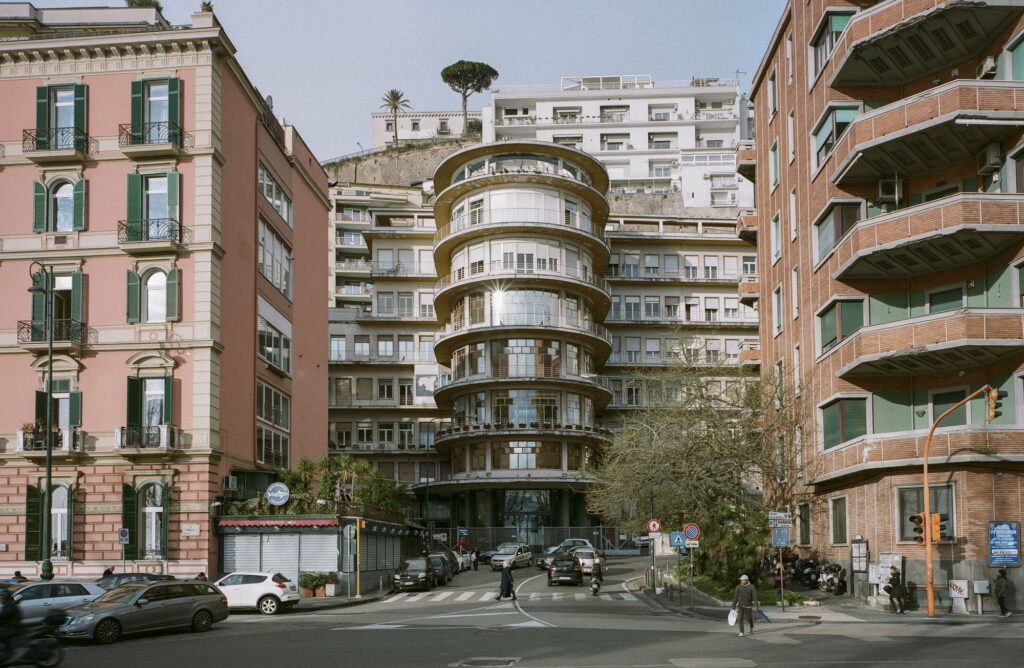

In addition, the city, its inhabitants, and their coexistence are portrayed in the exhibition through the media of documentary and film. Bêka & Lemoine record an urban journey through Naples, from the Lungomare through steep alleys up to Mount Vesuvius. The film program accompanying the exhibition at the Stadtkino Basel (May 1 to June 20, 2022), curated by Salvatore Aprea and Barbara Tirone, focuses on the perception of Naples from the inside, conveying the city through the eyes and feelings of its protagonists.
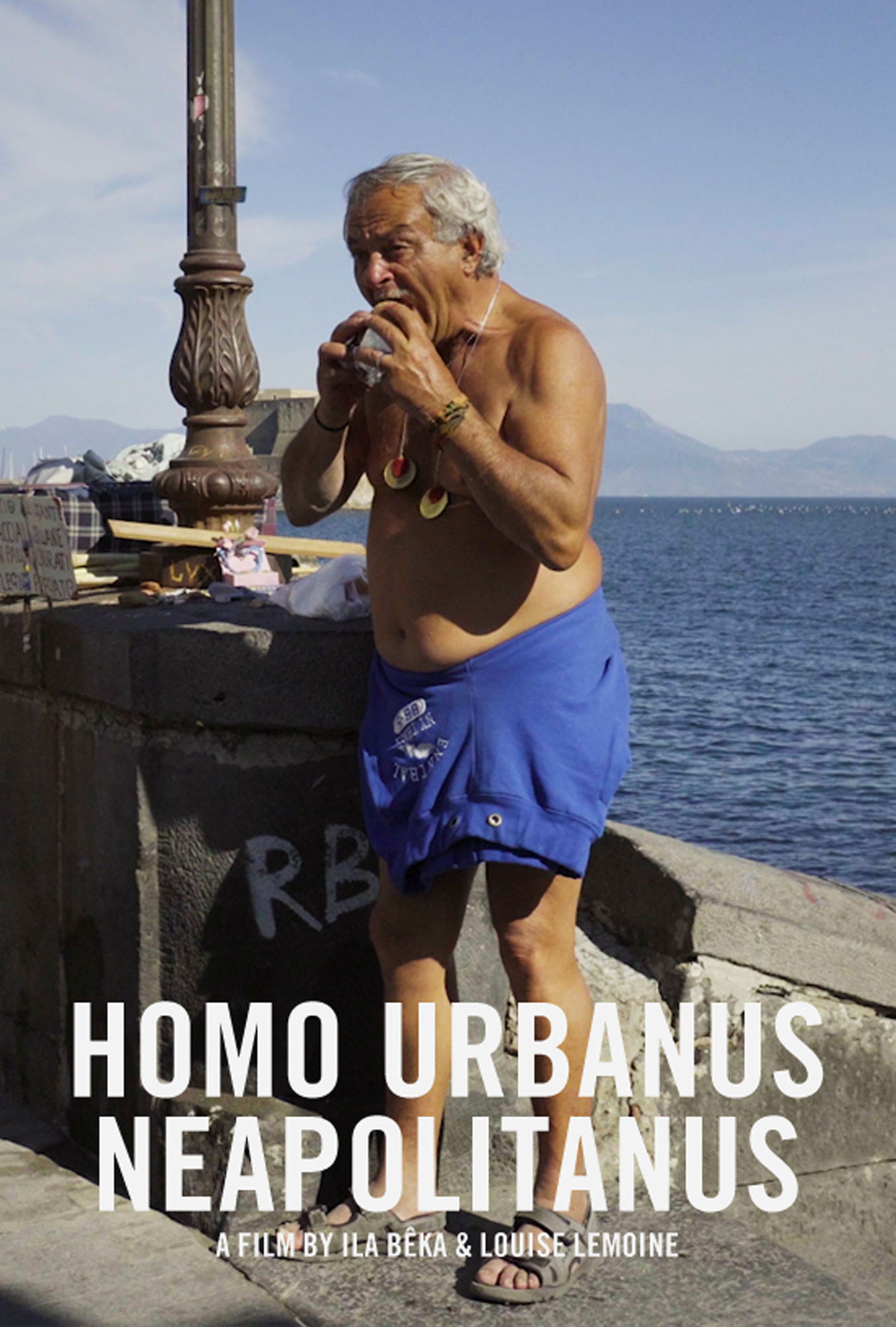

‘Napoli Super Modern’ is curated by LAN (Benoit Jallon and Umberto Napolitano) and by Andreas
Kofler, S AM Swiss Architecture Museum. The exhibition takes place under the patronage of the Italian Consulate in Basel and is supported by the Italian Cultural Institute in Zurich.
What can be seen at the exhibition?
On the basis of the research work that led the firm LAN to release ‘Napoli Super Modern’ (Park Books, 2020), the publication’s findings are reworked, so as to communicate the architectural and urbanistic aspects of the metropolis Naples to a wide audience. They are complemented by visual and audience-oriented media. The ample illustrations from the Parisian architectural firm LAN and the analytical series of images by photographer Cyrille Weiner play a central role. S AM shares these special ‘city guides’ with its visitors. The projects selected by LAN are not only those that have influenced the firm, but also buildings that could easily be overlooked on a visit to Naples.
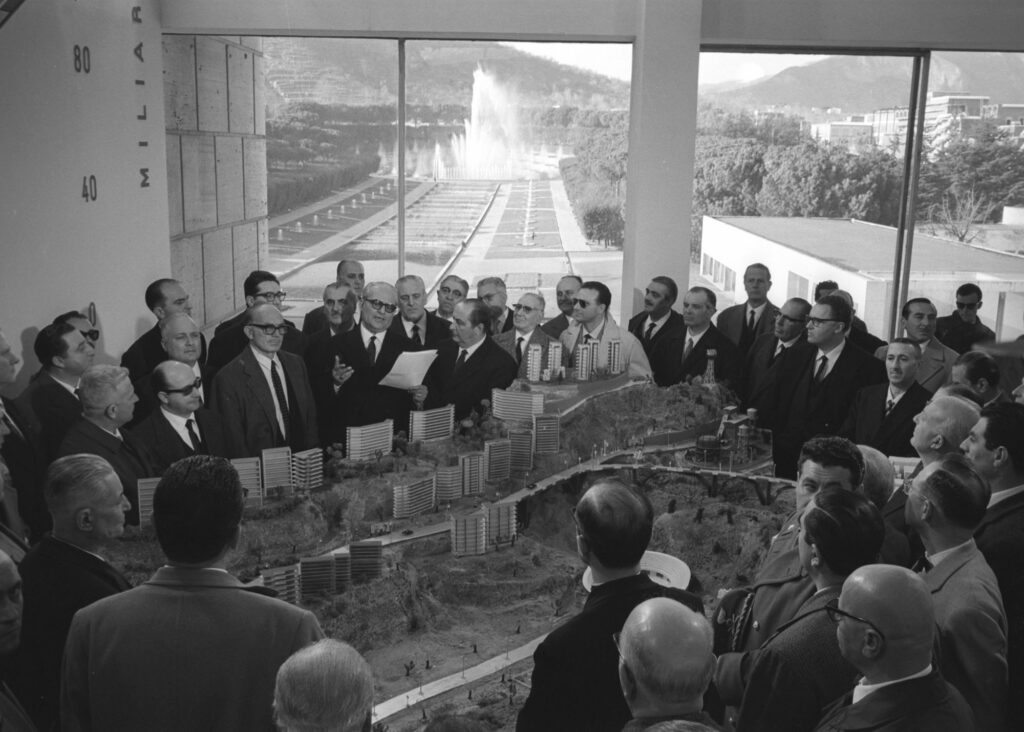
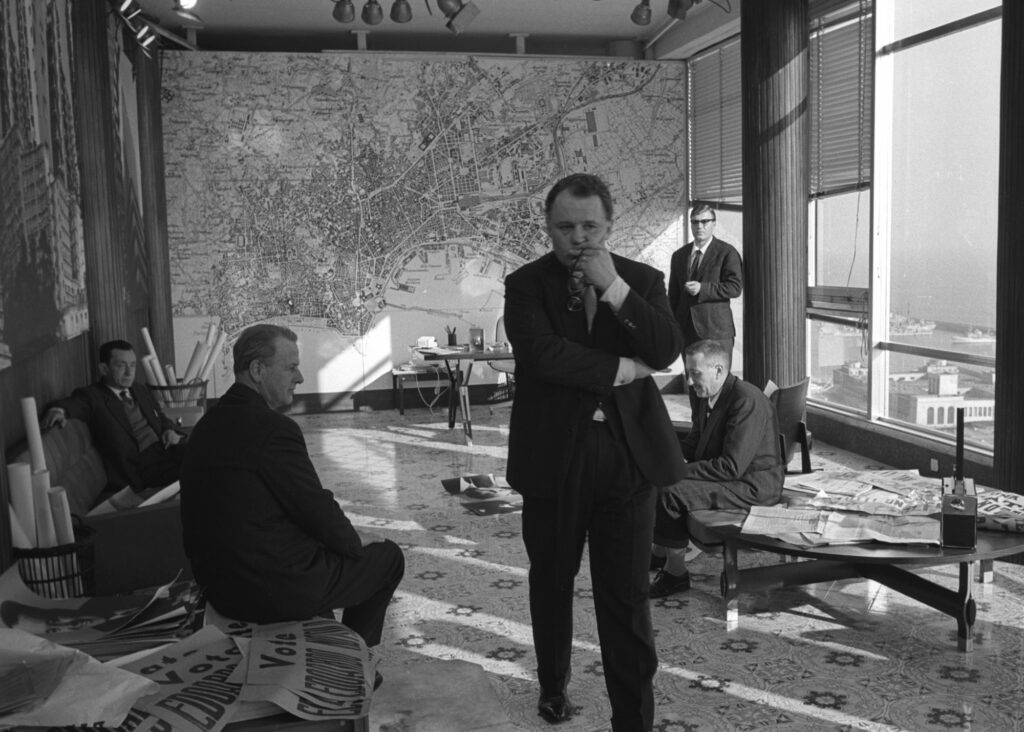
The exhibition begins in room 1 with an introduction to the city’s history from 1930 to 1960, in order to convey the period’s social and economic context. Opposite this, a large map highlights the epoch’s building activity in the wider context of Naples. The 1963 Italian film ‘Le mani sulla città’ (Hands Over the City) by Francesco Rosi constitutes another important feature of the exhibition’s first room. The excerpt shown at S AM denounces the political corruption and real-estate speculation in post-war Naples.
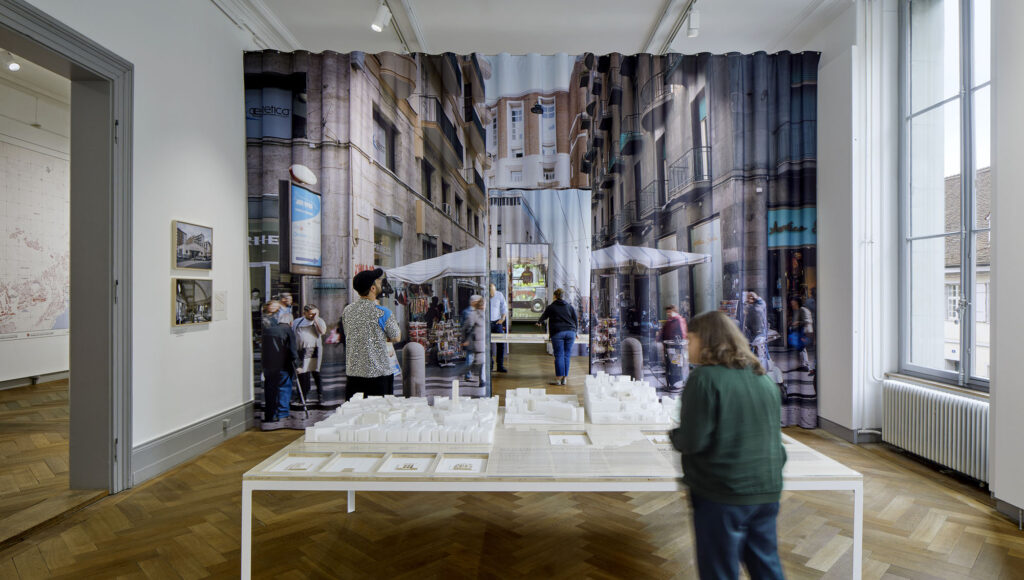

The subsequent rooms 2 and 3 show the selected projects from the years 1930 to 1960 that LAN analyzed and processed in the form of a building atlas in its study. “What all these works have in common is a desire to use the city as the primary reference, no longer formulating the concept of context as an immobile backdrop for the action of the architecture, but seeing it as a rewriting of the elements that identify it. The city as form, language, ecosystem, economy or as history,” explains Umberto Napolitano from LAN.
The exhibition assigns these projects to five thematic groups: the persistence of the city with regard to form, language, limit, function and nature. This key serves as a means of conveying the selected projects’ important aspects and common denominators.
*Fish Market, 1929–1935, Luigi Cosenza
*Maritime Station, 1933–1936, Cesare Bazzani
*Post Office Building, 1933–1936, Giuseppe Vaccaro, Gino Franzi
*Istituto Nazionale Assicurazioni Headquarters, 1935–1937, Marcello Canino
*Uffici Finanziari e Avvocatura di Stato Headquarters, 1935–1937, Marcello Canino
*Teatro Mediterraneo, 1939-40, Luigi Piccinato
*Fuorigrotta Station on the Cumana Railway Line, 1939–1940, Frediano Frediani
*Cubo d’Oro, 1940, Mario Zanetti, Luigi Racheli, Paolo Zella Milillo
*Social Housing in the Rione Cesare Battisti, 1946–1947, Luigi Cosenza, Carlo Coen, Francesco della Sala
*Clinica Mediterranea, 1940–1952, Sirio Giametta
*Mixed-use Building in Ponte di Tappia, 1949–1963, Raffaello Salvatori
*Building on the Corner of Piazza Municipio, 1950 – 1953, Marcello Canino
*The Società Cattolica Assicurazioni Skyscraper, 1956–1958, Stefania Filo Speziale, Carlo
Chiurazzi, Giorgio Di Simone
*Suditalia office building, now the INPS Headquarters, 1957–1959, Renato Avolio De Martino
*Residential Building at Riviera di Chiaia, 206, 1954–1960, Amedeo d’Albora, Lorenzo d’Albora
*Palazzo Della Morte, 1954–1960, Stefania Filo Speziale, Carlo Chiurazzi, Giorgio Di Simone
The scenography divides this part of the exhibition into spaces – not with static walls, but via incorporation of textile elements. This creates an ‘enfilade’ that artuculates the walk through the exhibition, much like a Neapolitan palazzo. Due to their lightness, these curtains are always slightly in motion, alluding to the Mediterranean atmosphere in Naples. Full-size prints on the fronts of the textiles show the context of the buildings, a series of cityscapes that welcome us as if we were visiting the actual city. Within these spaces, the focus is on interplay between illustration and Cyrille Weiner’s photography. The exhibition also experiments with architectural models: These do not completely reproduce the originals as free- standing objects, but depict the individual buildings’ facades sculpturally, as a kind of relief.

This sequence of urban spaces becomes increasingly dense, also acoustically, before ultimately leading visitors to the centre of an urban cacophony in room 4. There, the 50-minute film ‘Homo Urbanus Neapolitanus’ by French duo Bêka & Lemoine guides viewers from the beach promenade to the narrow alleys of the old town and up to Mount Vesuvius, thus presenting the intensely lively public space between the architecture shown in the exhibition and its unexpected use. The impressive city portraits in this film enable visitors to perceive the projects and themes of the exhibition from a different perspective on their way back.

“’Napoli Super Modern‘ impressively shows that modernist urban planning did not only consist in
Le Corbusier’s tabula rasa scheme of tearing down the historic city and completely rebuilding
it with high-rises. In Naples, modern architects filled the niches of the city’s historical fabric with their new buildings. The fact that they always had to contend with existing forms and structures is what makes Naples‘ modern architecture so radical and special: inspiringly contradictory, emphatically contextual, and sustainably historical,“ sums up Andreas Ruby, director of S AM.

